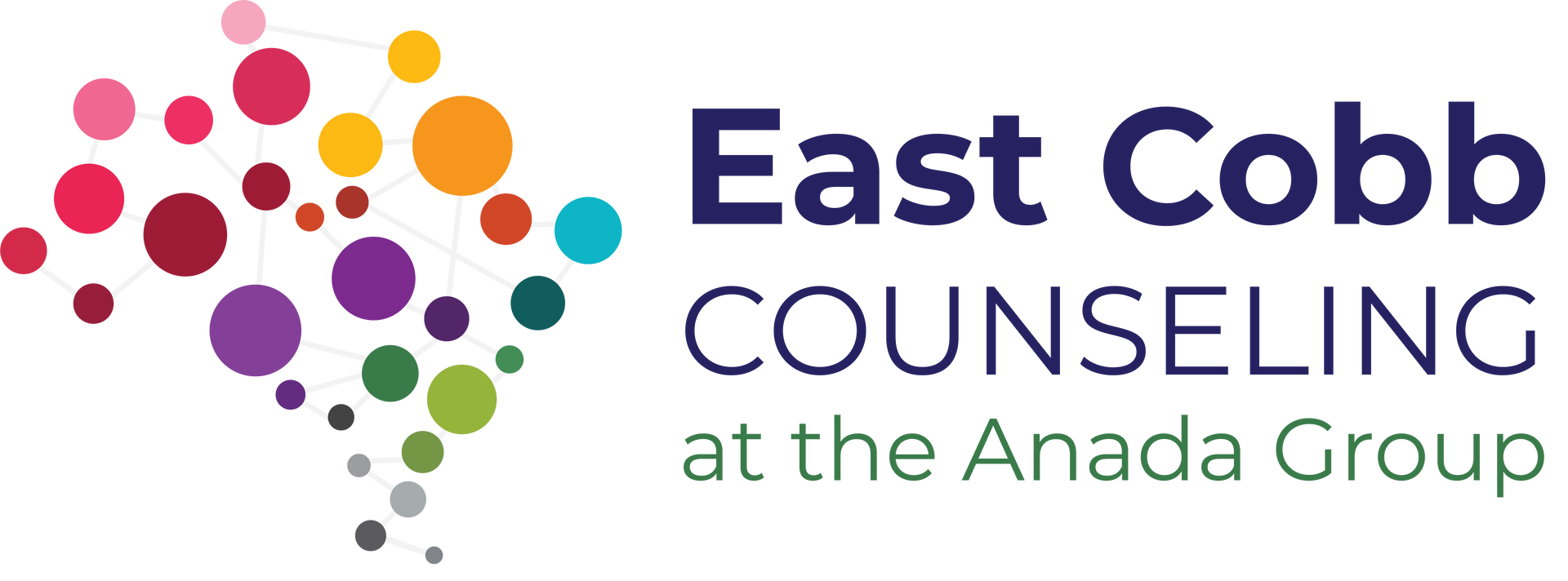Courage is first arriving to it - so you can move through it.
Embracing Emotional Courage:
Navigating Life’s Hurdles with Resilience
Courage is not a static trait but an evolving art of arriving at and embracing it. It’s the conscious decision to face fear and uncertainty head-on, even when the path ahead seems daunting. By cultivating this courage, you don’t just muster the strength to confront challenges; you also equip yourself to walk through them with resilience and grace. This process of arriving at courage allows you to move beyond hesitation and directly engage with life’s hurdles, turning each step into an act of bravery and self-discovery.
Life’s emotional landscape can often feel like a rollercoaster—full of unexpected twists, steep climbs, and sudden drops. Facing emotional hurdles can be daunting, but with emotional courage, you can navigate these challenges with resilience and strength. In this blog, we’ll explore practical strategies to cultivate emotional courage and confront life’s difficulties head-on.
Understanding Emotional Courage
Emotional courage isn’t about the absence of fear or discomfort; rather, it’s the willingness to face those emotions and confront challenges despite them. It involves recognizing your vulnerabilities, acknowledging your fears, and taking proactive steps to manage them. By building emotional courage, you empower yourself to overcome obstacles and grow stronger from the experience.
1. Acknowledge Your Emotions
The first step in building emotional courage is to acknowledge and accept your emotions. Denying or suppressing your feelings only adds to the burden. Instead, allow yourself to fully experience your emotions—whether it’s sadness, anger, or anxiety. By embracing your emotional state, you begin to understand the root of your feelings and can address them more effectively.
2. Practice Self-Compassion
Self-compassion involves treating yourself with the same kindness and understanding that you would offer a friend. When facing emotional hurdles, be gentle with yourself. Avoid self-criticism and recognize that struggling is a part of being human. Self-compassion helps build resilience by fostering a supportive inner dialogue, which can make navigating challenges less daunting.
3. Develop a Support System
Surround yourself with people who uplift and support you. A strong support system can provide encouragement, perspective, and practical help during tough times. Whether it’s friends, family, or a therapist, having a network of supportive individuals can bolster your emotional courage and provide comfort when you need it most.
4. Set Small, Manageable Goals
When facing a significant emotional hurdle, breaking down the problem into smaller, manageable steps can make the situation feel less overwhelming. Set realistic goals and focus on achieving them one step at a time. Celebrating small victories along the way can build confidence and reinforce your sense of capability.
5. Practice Mindfulness and Relaxation Techniques
Mindfulness and relaxation techniques can help you stay grounded and manage stress more effectively. Practices such as deep breathing, meditation, and yoga can reduce anxiety and improve emotional resilience. By incorporating these techniques into your routine, you create a space for calm reflection and emotional processing.
6. Embrace Vulnerability
Vulnerability is often seen as a weakness, but it’s actually a source of strength. Allowing yourself to be vulnerable means being honest about your struggles and seeking help when needed. Embracing vulnerability can foster deeper connections with others and create opportunities for growth and healing.
7. Reflect and Learn
Every emotional hurdle is an opportunity for growth. After navigating a challenge, take time to reflect on the experience. What did you learn about yourself? How did you handle the situation? Reflection helps you understand your strengths and areas for improvement, equipping you with greater emotional resilience for future challenges.
8. Focus on What You Can Control
In difficult situations, it’s easy to become overwhelmed by factors beyond your control. Instead, focus on what you can control—your responses, attitudes, and actions. By concentrating on your own choices and behaviors, you empower yourself to influence the outcome and build emotional strength.
9. Seek Professional Help
If emotional hurdles feel insurmountable, seeking professional help is a courageous step. Therapists and counselors can provide valuable tools and strategies for managing emotions and overcoming challenges. Professional guidance can offer a fresh perspective and support you in developing effective coping mechanisms.
Conclusion
Building emotional courage is a continuous journey, not a destination. By acknowledging your emotions, practicing self-compassion, and seeking support, you can develop the resilience needed to face life’s hurdles with strength and grace. Embrace vulnerability, reflect on your experiences, and focus on what you can control. With these strategies, you’ll find that emotional courage becomes a powerful ally in navigating life’s ups and downs.
Remember, every challenge you face is an opportunity to grow stronger. Embrace your emotional courage, and you’ll find yourself better equipped to handle whatever comes your way.




